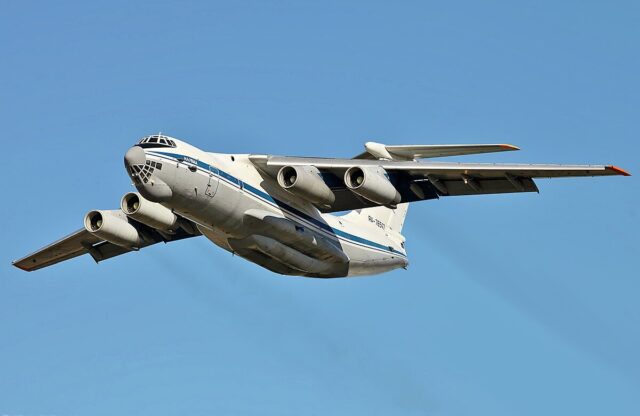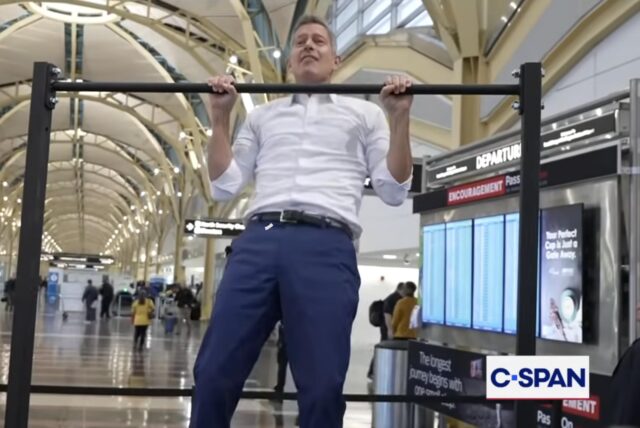Finally! American Airlines ditches gate bag sizers

October 7, 2025

American Airlines has removed its metal carry-on baggage sizers from boarding gates across its network. The move aims to improve boarding efficiency by eliminating last-minute disputes over bag size.
A significant shift in American Airlines’ ground procedures
According to an internal memo leaked to One Mile at a Time, American stated:
“As we continue to build on the success of our revamped boarding process to improve the experience for our customers, bag sizers for carry-on bags will be removed from all gates systemwide beginning Monday, Oct. 6.”

Under the new procedure, sizers will remain in airport lobbies and check-in areas, allowing customers (or staff) to test bag dimensions before going through security. The airline has instructed gate agents to use their judgment, rather than relying on the rigid metal frames. The memo tells agents they should “err on the side of the customer,” when in doubt.
The removal of gate sizers is part of American’s broader push to simplify passenger processing. It follows other initiatives, including the so-called ‘gate lice’ boarding order-enforcing technology the airline adopted last year. It alerts gate agents with an audible alarm when passengers attempt to bypass the queue outside their assigned boarding group. The airline also introduced One Stop Security at Dallas/Fort Worth International Airport, which streamlines passenger flow at key airport touchpoints.
American’s baggage policy remains, but enforcement shifts upstream
American’s carry-on policy remains unchanged: travellers may bring one carry-on bag, not exceeding 45 linear inches (typically 22 × 14 × 9 inches), plus one personal item that fits under the seat. Additional or “third” items, such as shopping bags, handbags, or backpacks, must be consolidated into the two approved bags before boarding.
What changes is the point of enforcement. Lobby and check-in staff will assist passengers in identifying oversized bags before they reach the gate—effectively pushing policy enforcement earlier in the process and reducing gate dwell time due to baggage disputes.
Precedent: United Airlines’ 2020 removal of gate sizers
This move aligns with an operational precedent set by United Airlines in 2020, when it removed gate-area bag sizers from all gates. United also kept sizers in the lobby and check-in areas but directed agents to rely on visual judgment for carry-on assessments at the gate.

In an internal memo reported on by Live and Let’s Fly, the airline stated:
“This bag is too big for our bag sizer, but fits into the aeroplane’s overhead bin … Let it go.”
United’s rationale was that rigid frames sometimes undercount viable stowage, especially as newer aircraft may offer more flexible or deeper bins—the decision aimed to reduce boarding friction and empower gate staff to make pragmatic judgments. United’s experience has likely provided a field test of gate agents’ discretionary enforcement, which American is now following.
Data-driven airline operations: AI baggage models and predictive insight
Removing rigid sizers gives ground teams more flexibility to respond to real-world demand rather than adhering to static mechanical limits.
Supporting that shift is American Airlines’ ongoing adoption of AI for operations. The airline has stated that it uses “baggage models to better predict bag volumes and help get customers and their bags on their way even faster.” By leveraging these data tools, American can forecast how many carry-ons versus checked bags will appear on each flight, allowing it to anticipate congestion at check-in or boarding.

That digital shift aligns with other American initiatives, such as its use of generative AI for customer service optimisation.
Across the industry, similar AI-assisted models are being trialled — Munich Airport’s AI ApronAI system, for instance, uses machine learning to optimise aircraft turnarounds and staffing.
A sensible approach to baggage that pays off for American
The time wasted by passengers arguing with gate agents over their bags is expensive to airlines. According to Airlines for America (A4A), the average cost of aircraft block time for U.S. passenger carriers was US $100.76 per minute in 2024. That figure includes crew costs, maintenance, fuel burn, and aircraft ownership.
A few minutes saved on boarding or ground operations can yield substantial annual savings when multiplied across thousands of daily departures. Even a one-minute reduction in average turnaround time per flight can have measurable network-wide impacts on fuel, scheduling, and aircraft utilisation.
IATA’s Airline Cost Performance report estimates that reducing just one minute per flight globally could save airlines over $1 billion annually in direct fuel and operational costs.

Boarding-area efficiency remains one of the industry’s persistent challenges; IATA identified it as one of the “frequent pain points for passengers” in its recent global survey.
American’s removal of baggage sizers at gates is a pragmatic approach to enforcing carry-on baggage policy. The time saved in arguments over bags at the gate could potentially save the airline significant operational costs. It also empowers agents to use their judgment and keep passengers happy.
















